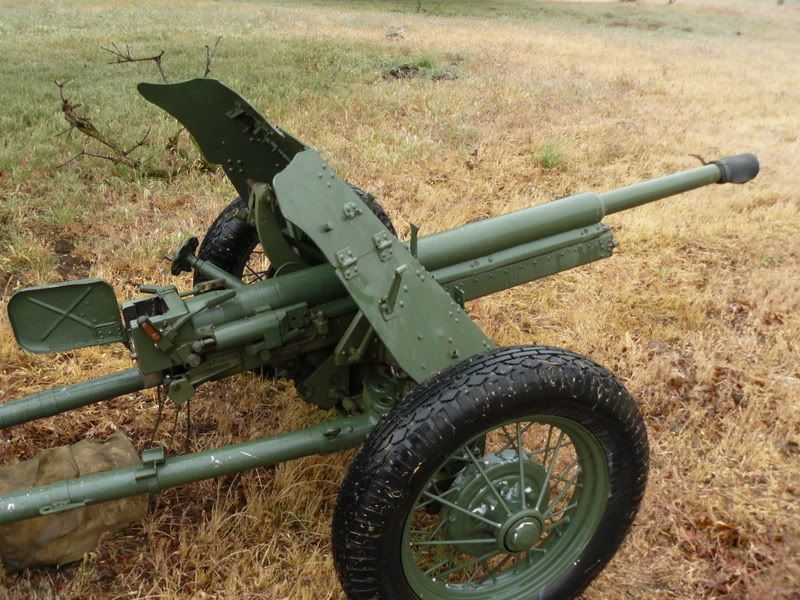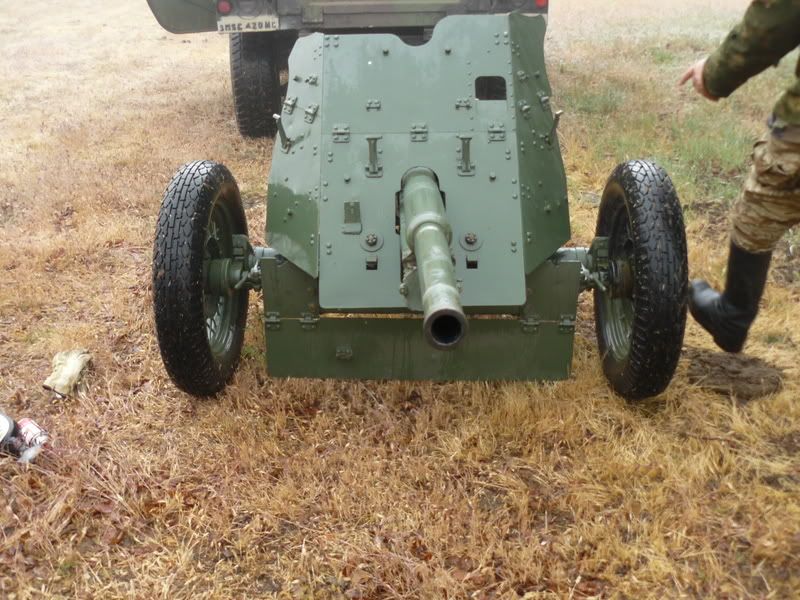A bit of background first: I am part of a group that plans and coordinates realistic war games (usually airsoft based) with the US military. When I was told someone would be bringing an artillery simulator I thought, "Ok, we'll have some concussion pots and steel pipes welded together." I was not expecting Igor Dobroff, a VDV veteran from the Soviet-Afghanistan war, to bring his original 45mm Anti-Tank gun. His stories are interesting.
It was heavily influenced by the Pak37 and shares many of the features, like a folding shield to lower the profile. A curious difference is that the breech action moves vertical on the Russian gun and horizontal on the Pak37. Supposedly the Soviets chose a 45 mm bore so that captured German guns could be rechambered. The gun crews were considered dead men since armour penetration was inadequate and the Germans singled out AT units. They did not tolerate their pretty paint jobs getting scuffed up.
This particular gun was captured by the Finnish. All parts are numbered and matching except the shield, which is a year older. The undercarriage gives clues why, as it is heavily scarred by machine gun fire. The original shield must have been severely perforated so the Finns replaced it after capture.
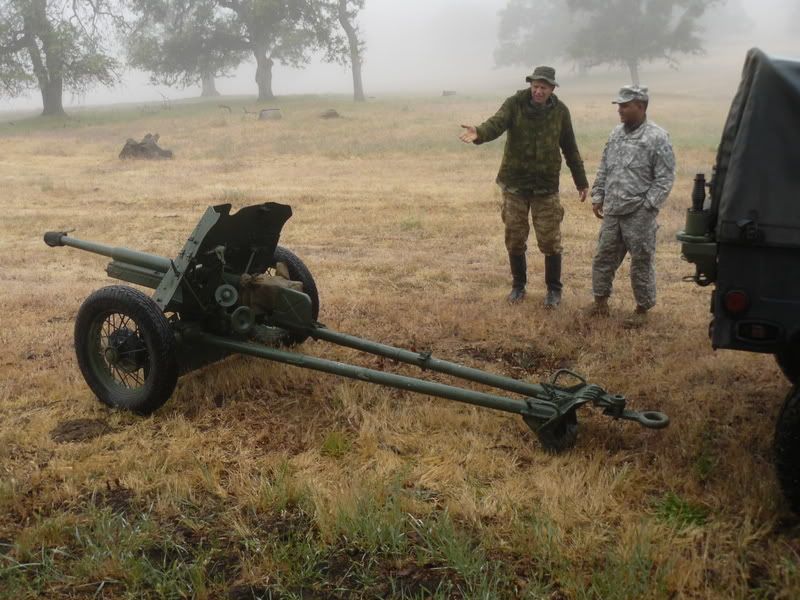
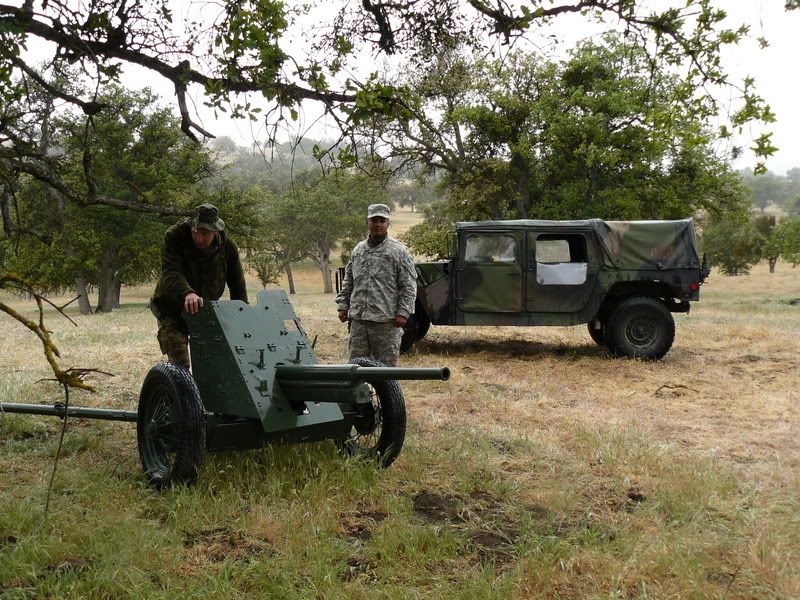
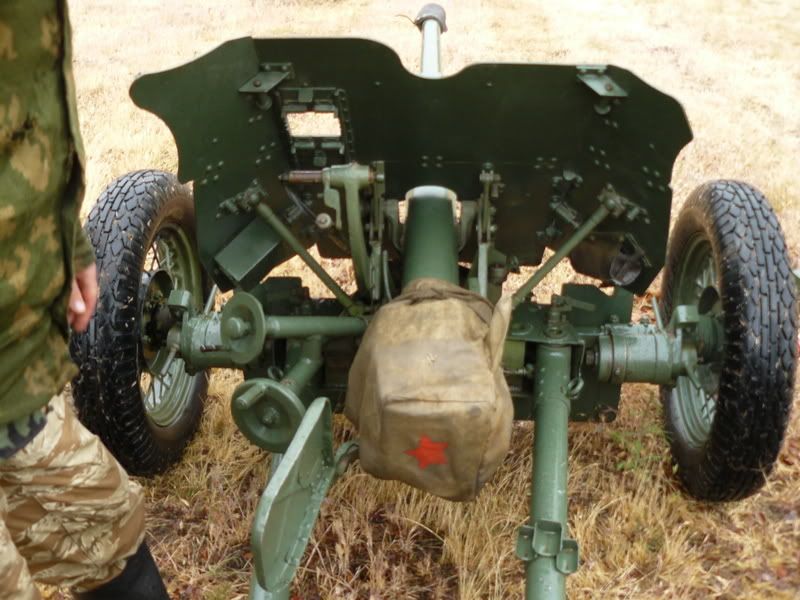
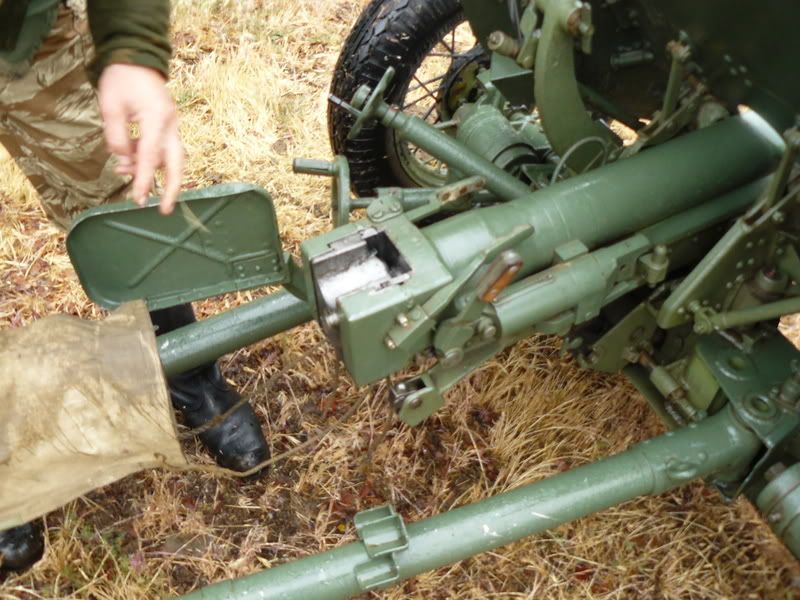
Credit for the photos goes to the GP photographer.
It was heavily influenced by the Pak37 and shares many of the features, like a folding shield to lower the profile. A curious difference is that the breech action moves vertical on the Russian gun and horizontal on the Pak37. Supposedly the Soviets chose a 45 mm bore so that captured German guns could be rechambered. The gun crews were considered dead men since armour penetration was inadequate and the Germans singled out AT units. They did not tolerate their pretty paint jobs getting scuffed up.
This particular gun was captured by the Finnish. All parts are numbered and matching except the shield, which is a year older. The undercarriage gives clues why, as it is heavily scarred by machine gun fire. The original shield must have been severely perforated so the Finns replaced it after capture.




Credit for the photos goes to the GP photographer.

